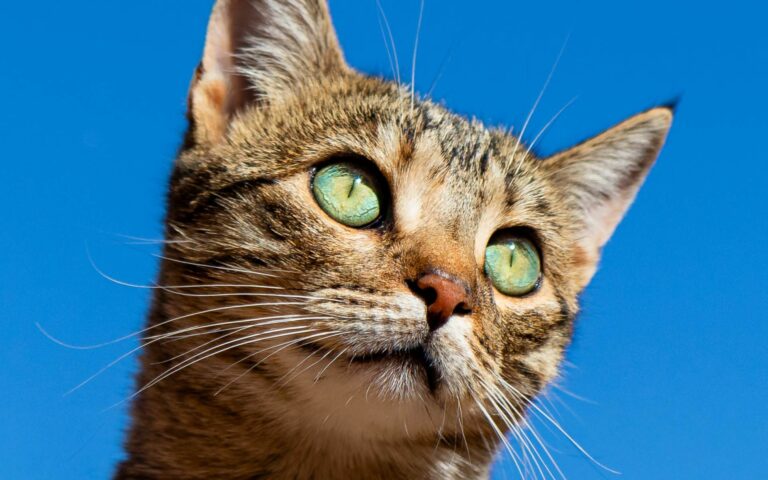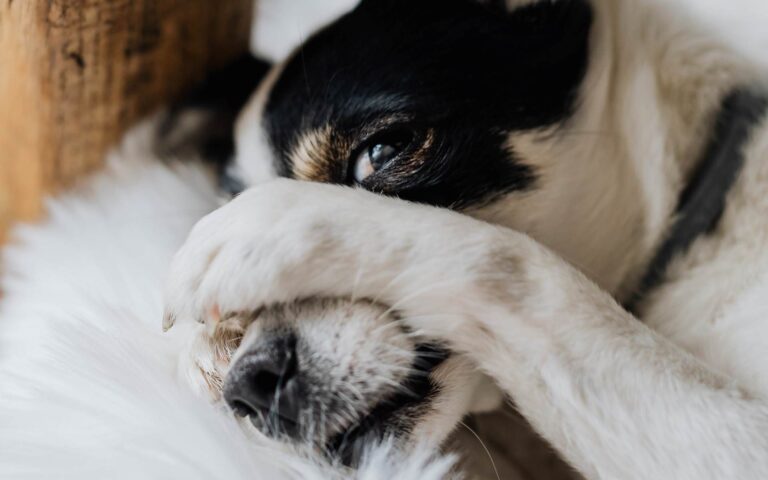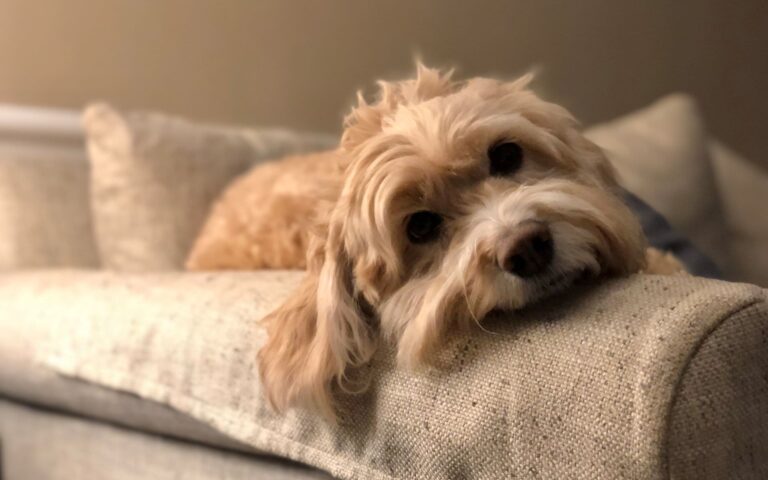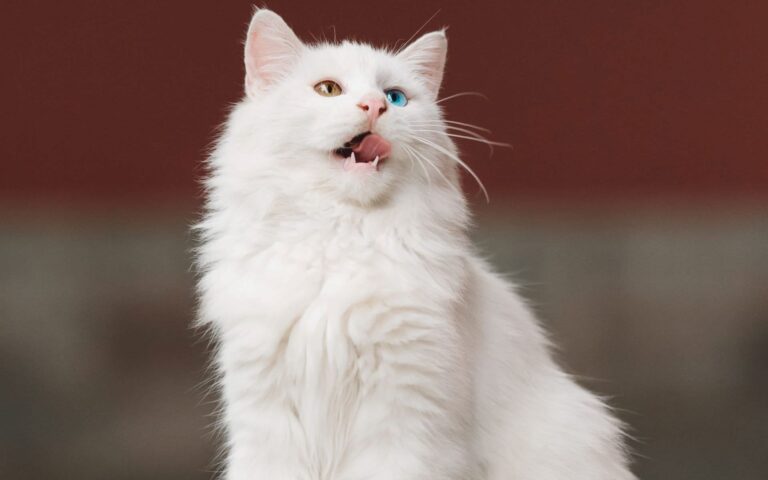Why we don’t offer dental implants for dogs or cats
Dental Implants are used extensively used in human medicine to replace lost teeth. The reasons for performing implants in people include the following: maintaining the position of the remaining teeth, maintaining bone height, improving mastication of food, and cosmetic value.
Dogs and cats have very different dental and facial anatomy as compared to humans, and because of that, the reasons for performing implants in people do not translate to our cats and dogs. Let’s explore the above reasons in more detail.
- Maintaining position of remaining teeth:
- The teeth of dogs and cats do not shift or extrude following extractions. This is due to the difference in the root shape and size of their teeth as well as the occlusal forces placed on the teeth during eating. Remember that dogs and cats do not have any teeth that hit each other and therefore do not grind or chew food like humans do. Their dentition is designed to grab, kill, rip, and swallow food whole. Fortunately, our dogs and cats are not forced to kill their own food, so living with fewer or no teeth is not an issue for them.
- Maintaining bone height:
- While bone loss does occur following extractions, the degree of the loss and the clinical significance of this loss is far less than what is seen in human patients.
- Improving mastication of food:
- As noted above, the way dogs and cats use their teeth/mouths is extremely different than humans, so making direct correlations between the two should be avoided. It is interesting to note that some pets that have full sets of completely healthy and stable teeth will swallow their kibble whole. This is due to the fact that in the wild, canids and felid species will use their large shearing teeth (the carnassials) to cut prey into chunks that can be swallowed. They need to take in large amounts of food quickly so that they do not get preyed on or have their meal scavenged by another predator.
- Cosmetics:
- Dogs and cats are adorable regardless of teeth! They do not suffer from societal pressures like humans do. More importantly, the shape of the face or the look of a cat/dog does not change in any significant way following tooth loss. The exception to this rule is when/if very small breeds (chihuahua, dachshund, yorkie, etc…) lose their lower canine teeth. The loss of these teeth can change the way they pick-up/prehend food and can cause some tongue-lolling and changes in tongue movement. Fear not! They do well despite this and in fact, with some simple changes to diet and routine, they will thrive!
Here at Animal Dentistry & Oral Surgery, we feel that the fact that implants have not been shown to improve the quality of life of our dog and cat patients, that multiple anesthetic events are required for placement of a dental implant, and that most of the implants that are available cannot withstand the stresses that our patients apply to their teeth during normal chewing and playing, it is not ethically reasonable to provide this for our patients.
Reference:
Tannebaum, J; Arzi, B; Reiter, AM; et. al. The case against the use of dental implants in dogs and cats. J Am Vet Med Assoc 2013; 243(12):1680-85.







